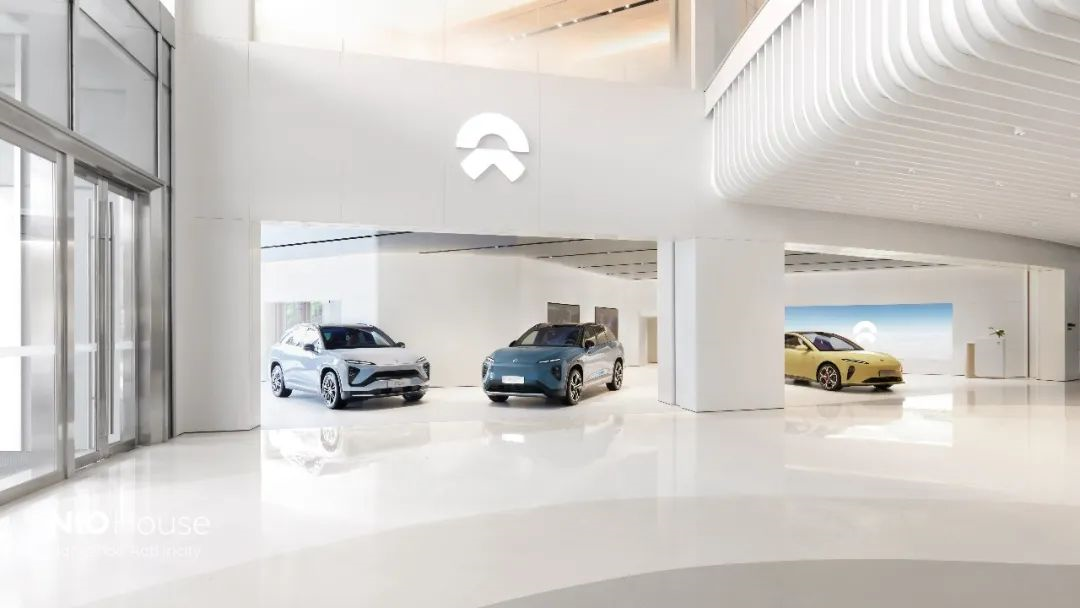Author: Michelin
When you thought that 2022, which delivers three new cars in a year, was the fastest year for NIO’s actions, 2023, which is even faster, is already on the road.
“In the first half of 2023, NIO will debut five new car models,” Li Bin announced at the just-concluded NIO Q3 Earnings Conference Call. From no new car in a year to five new cars in half a year, who knows how NIO will move forward next year.
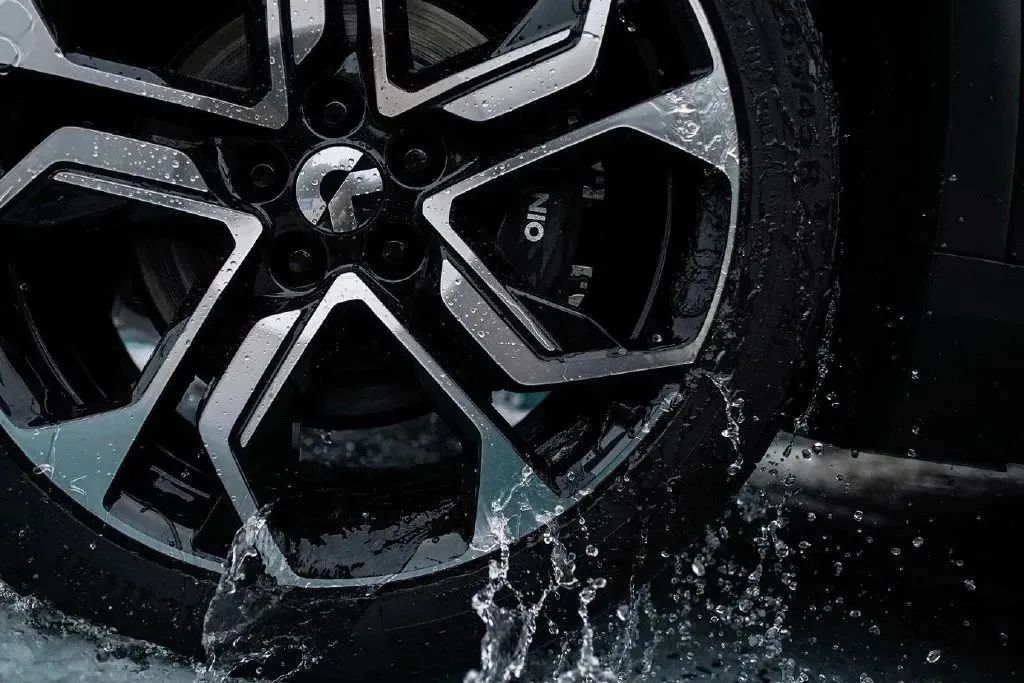
What’s more critical is that after NIO added three new cars, ET7, ES7, and ET5, the delivery volume did not double as expected. Instead, its hands were tied by the alternation of old and new products, the increase of new car production capacity, and the supply chain blockage. Some netizens even joked, “Three car models deliver just over ten thousand, and six car models still deliver just over ten thousand. The number of models does not increase along with the increase of car models.”
From a single breakthrough of a single model to a scale product matrix, the alternation of old and new is a hurdle that every new energy vehicle company has to overcome. NIO has crossed this hurdle and is determined to carry out the “car sea tactics” to the end.
How will NIO accelerate its progress in 2023?
The performance report of 2022 is carried on the ET5’s shoulder.
“We will deliver 43,000 to 48,000 vehicles in the fourth quarter,” Li Bin said at the earnings conference call. Similar situations have occurred not once, but many times. The last time was in the Q2 earnings call three months ago, when he said, “We will deliver 100,000 cars in the second half of the year,” and “ET5’s monthly sales are likely to break ten thousand.” Even earlier, he said, “We will deliver 150,000 vehicles throughout the year 2022.”
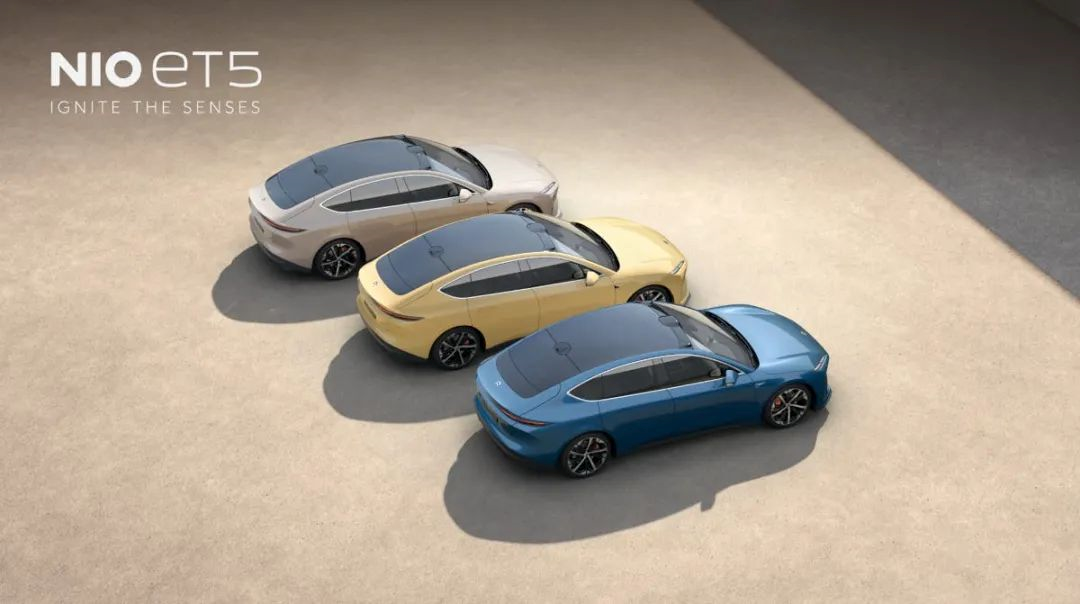 It seems difficult to achieve the goals of “150,000 vehicles” and “100,000 vehicles” now, but how much of the Q4 target can be completed and whether the ET5 sales volume can exceed 10,000 are the suspense for the remaining two months of this year.
It seems difficult to achieve the goals of “150,000 vehicles” and “100,000 vehicles” now, but how much of the Q4 target can be completed and whether the ET5 sales volume can exceed 10,000 are the suspense for the remaining two months of this year.
Let’s look at the achievements in Q3: NIO delivered 31,607 new cars in Q3, with vehicle sales revenue of CNY 11.9327 billion. Compared with Q2, which was troubled by the epidemic, the delivery volume of Q3 increased by 24.7% month-on-month and 38.2% year-on-year.
Although the performance looks good from the perspective of growth rate, it means that we need to achieve an increase of 36% to 51.9% if we want to achieve the goal of delivering 43,000 to 48,000 vehicles in Q4.

In the first month of Q4, which just passed, i.e. October, NIO’s Hefei factory was shut down for ten days due to the epidemic, and the supply chain was also affected, which only delivered 10,000 vehicles. The much-anticipated ET5 only produced a little over a thousand vehicles.
Thus, NIO needs to deliver more than 16,500 vehicles each month in November and December, which is really a challenging task.
However, as for the ET5, Li Bin is still very confident. In October, due to the epidemic and the supply chain, its production capacity indeed suffered losses, with two to three thousand less units than expected. However, the problem of the “subframe” on the supply chain side has been basically solved in November.
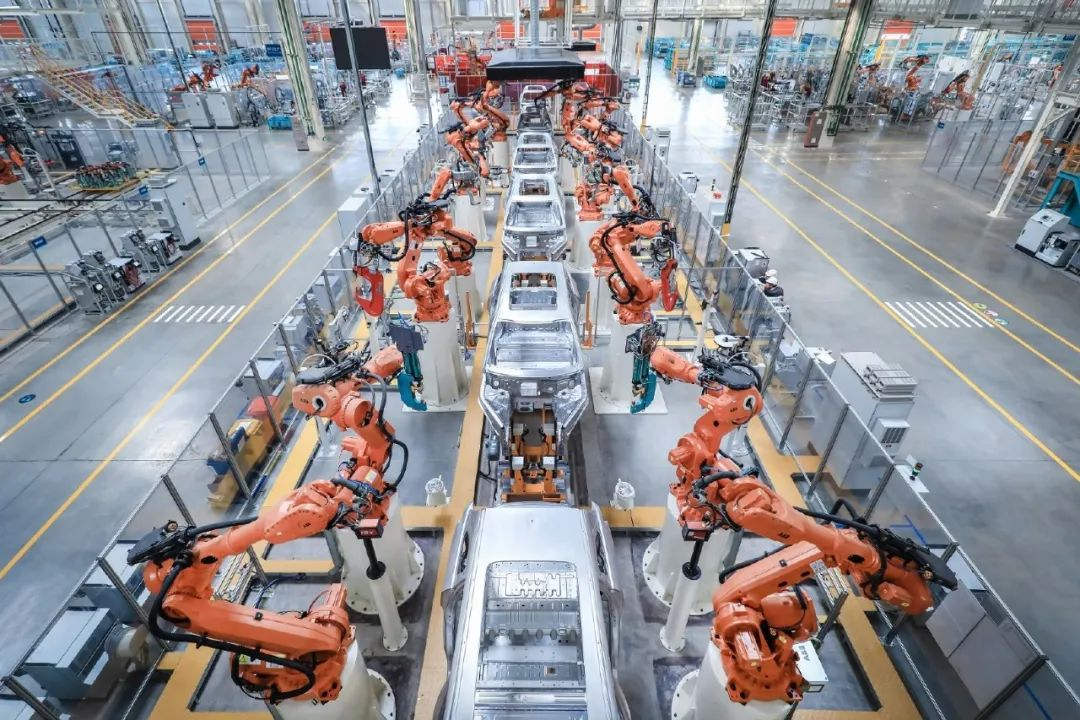
In particular, the brand new ESD factory for producing ET5 has already resumed production, and two production lines have completed the capacity ramp-up. “One more production line will be added, and the production capacity will climb up by the end of this month.”
It seems that from November to December, it is still a process of gradually improving the production capacity. To achieve the goal of Q4, we need to “make a siege of 20,000 vehicles” in December.
Li Bin has set another goal unconsciously, but compared with “delivering 150,000 vehicles in a whole year and 100,000 vehicles in the second half of the year,” this goal is relatively conservative.## Which of the Five New Models is NIO’s Model Y?
Despite ES7, ET7, and ET5 failing to double NIO’s shipments as expected, the company has successfully completed the product transition between old and new models after a brief awkward period.

While the 866 platform’s three cars are still on sale, they need upgrade to keep up in the intensely competitive market. Therefore, after addressing the ET5 production capacity issue, NIO’s first task was to upgrade the “866” three models.
At the Q3 earnings call, NIO announced “5 new cars in the first half of next year”. Apart from the upgraded “866” models, only two models remain a mystery. Will it be the rumored ES5 or the spy photo-exposed EC7? Or the rumored ET5 hunting version?


Of course, Li Bin remained non-committal on these speculations and suggested the public to keep guessing. The only thing that is certain is that the new models will still be priced at CNY 300,000 to 500,000, and “we have no MPV except for MPV”.
Apart from the new car preview for next year, Tesla’s price reduction has become an issue in the electric vehicle industry recently. Li Bin reiterated his statement on the subject: “It is not in the same price range as ours and has no impact on us.”
As for whether there will be a car that competes with Model Y, Li Bin responded: “There must be one of the five new models next year that will be NIO’s Model Y?”
 “`
“`

I wonder which new car model will become a popular seller next year. However, at least for now, NIO and Li Bin seem to see the most potential for a popular-selling model like the Model Y in ET5.
” Selling more than 10,000 cars a month would be good, but not too many. It would be bad if they become common street cars,” said Old Versailles.
When will profitability be achieved? Short-term focus on lithium mines, long-term on integration
When will new energy vehicle companies be able to generate revenue by themselves, break even, or even make a profit? This is a question that is asked every earnings release at least.
Judging from this quarter, there is still a long way to go.

In the third quarter of 2022, NIO’s revenue hit 11.933 billion yuan, up 38.2% year-on-year; total revenue was 13 billion yuan, up 32.6% year-on-year.
Despite the increase in revenue, gross profit margin is declining.
The gross profit margin for a single vehicle in the third quarter was 16.4%, and the overall gross profit margin was 13.3%. Not only is this lower than the 20.3% gross profit margin in the same period last year, it is also lower than last quarter. Although the car company made more money, they did not make this money.
On the one hand, the decline in gross profit margin this quarter is due to increased research and development investment; on the other hand, it is also due to price increases in raw materials such as lithium mines, batteries, and other raw materials.
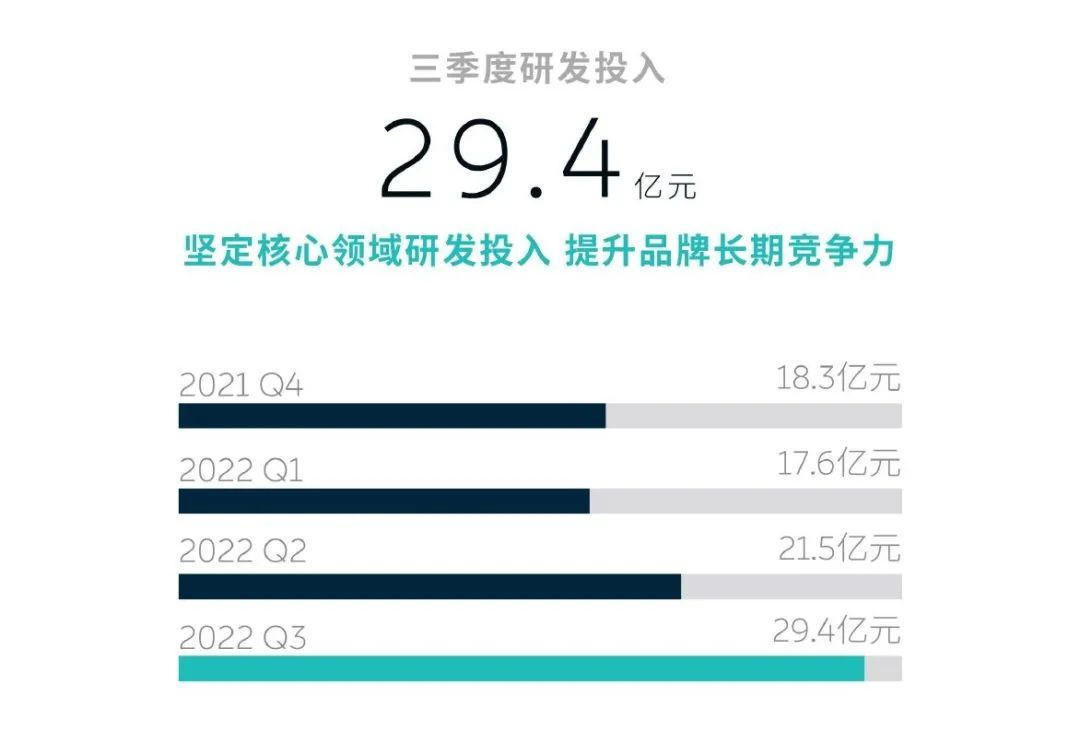
In terms of research and development investment, NIO invested 2.94 billion yuan in research and development this quarter, an increase of 36.7% compared to the previous quarter. R&D investment also accounted for more than 22% of total revenue. These research and development funds were invested in the development of new brands, batteries, chips, and increased expenditures on personnel and testing.
Not only did research and development investment surge this quarter, but NIO also stated that research and development expenses would remain at around 3 billion yuan per quarter for the foreseeable future. In NIO’s view, research and development investment and the accumulated ability to vertically integrate are tools for reducing costs.
“““

Taking the self-developed AD chip as an example, NIO currently has a 500-person R&D team. “The AD chip is strongly related to algorithms. Customizing chips with our own algorithms will improve efficiency and increase our gross profit margin.”

More than the AD chip, the biggest impact on gross profit margin is the highlight of electric vehicles: batteries. At the Power Battery Conference a few months ago, Li Auto CEO Li Xiang only half-jokingly said “car companies are working for Ning Wang,” and at NIO’s recent financial report meeting, William Li gave a more specific account of the relationship between batteries, lithium mines, and gross profit margin.
Take the 80-90 degree batteries commonly used by NIO as an example. “Every 10,000-yuan fluctuation of the price of lithium carbonate per ton will influence the gross profit margin by approximately two percentage points.“
This means that if the price of lithium carbonate, currently at 600,000 yuan per ton, returns to 400,000 yuan, NIO’s gross profit margin will be raised by four percentage points.
If the price could re-drop to the level of a few hundred thousand yuan per ton, “assuming the battery can return to rational pricing, it won’t be a problem to achieve 20-25% (gross profit margin). In the long run, with vertical integration, our investment in batteries and chips will not only improve gross profit margins but also provide potential for further improvement.”
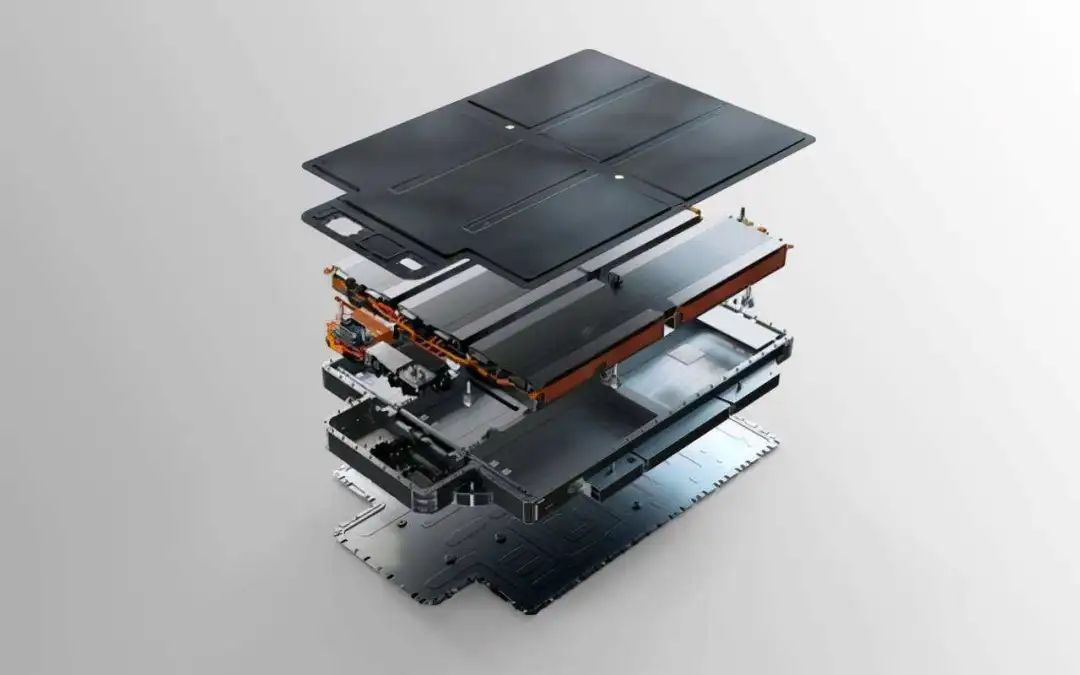
However, reality is uncertain. Furthermore, the price volatility of raw materials such as lithium mines has a similar effect on all automakers.
In the short term, NIO’s profits need to rely on a pullback in raw material prices. In the long run, NIO still needs to rely on product development and vertical integration capabilities. The next steps will depend on NIO’s actions in vertical integration.
Lastly
As we enter 2022, NIO is the first of the new challengers to enter the period of transition from old to new. Subsequently, we have seen many more new challengers embracing the change.
The so-called “increase without increase of volume” is a painful process that must be experienced during the alternation of old and new models. When the number of car models doubles, the production line and supply chain will inevitably face more than twice the challenge; when the new models appear smoothly, the old models such as the 866 also need a suitable time to temporarily retreat from the stage and reappear with renewed vigor.
The debut of 5 new cars is more like a necessary path for a new force to grow into a mature car company. After all, no car company can rely solely on one or two models to dominate the market, and a complete product matrix is a necessary weapon.
Of course, after the debut of the 5 new car models next year, the pressure on production and supply chain will once again fall on NIO.
This article is a translation by ChatGPT of a Chinese report from 42HOW. If you have any questions about it, please email bd@42how.com.
